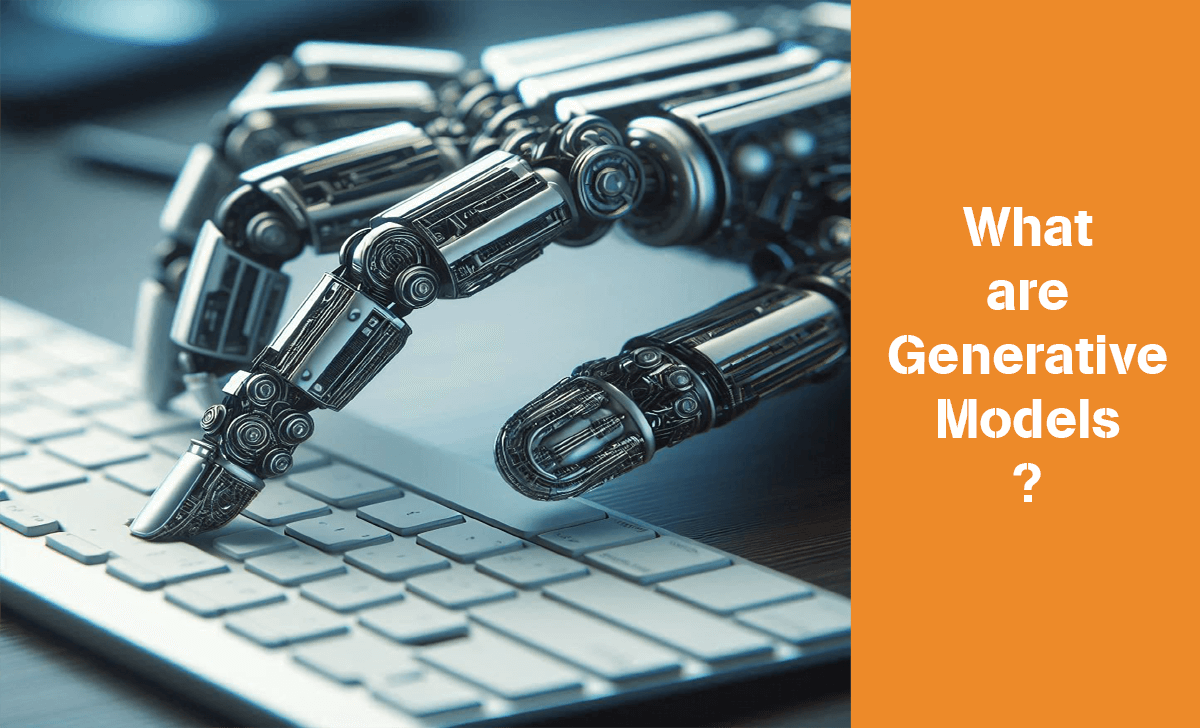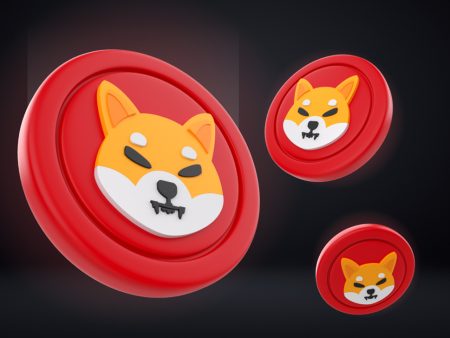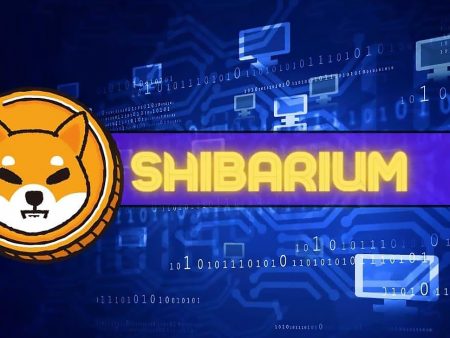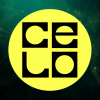Generative Models are part of the field of artificial intelligence (AI), which helps computers understand and grasp underlying patterns or distributions from a given data set. This allows models to generate new data with similar characteristics to the original data set
Do you want to go deeper into information about the concept of Generative Models? If so, please follow the following content on AZcoin!
What are Generative Models?

Generative Models are part of the field of artificial intelligence (AI). Their primary function is to understand and capture the underlying patterns or distributions from a given dataset. From here, these models can generate new data with characteristics similar to the original dataset.
If you still don’t understand, imagine that you are teaching a child how to distinguish between certain fruits. During this process you need to show the child several pictures of different fruits, thereby allowing the child to begin to recognize the common characteristics of each type.
At some point, the child can draw fruits and vegetables he has never seen before, incorporating features he has learned. This is similar to how Generative Models work: learn from the data they are exposed to and then create something new based on that knowledge.
With the above description, it can be seen that in the field of AI, Generative Models play an important role in tasks that require the creation of new content.
How many types of Generative Models are there?

Generative Models are not just one, but they are divided into many different types, each with its approach. The following are the most prominent types:
- Bayesian Networks: These are graphical models that represent probabilistic relationships among a set of variables, particularly useful in situations where understanding causal relationships is crucial.
- Diffusion Models: These models describe how things spread or evolve, often used to understand how rumors spread through networks or to predict the spread of viruses within a population.
- Generative Adversarial Networks (GANs): Consist of two neural networks, the generator tries to create data, and the discriminator attempts to distinguish between real and generated data. Over time, the generator becomes so adept that the discriminator cannot tell the difference. Thanks to that, this model is very popular for tasks related to image generation.
- Variational Autoencoders (VAEs): This is a type of autoencoder that generates compressed representations of input data, which are then decoded to create new data. They are commonly used for tasks like image denoising or generating new images with similar characteristics to the input data.
- Restricted Boltzmann Machines (RBMs): This is a neural network with two layers that can learn probability distributions over their input set, widely used in recommender systems.
Pros and Cons of Generative Models

Prospects
- Data Augmentation: In fields where data is scarce or costly to obtain, Generative Models can create additional data to supplement the original dataset.
- Flexibility: Generative Models are highly adaptable and can be applied in various scenarios. This makes them suitable for a wide range of tasks with some typical examples like Midjourney AI Art, Open Art,…
- Personalization: Generative Models can be customized to generate content based on specific user preferences or input information.
- Cost Efficiency: By automating content creation or solution development, Generative Models can reduce the costs associated with manual production or research, leading to more efficient processes.
Consequences
- Training Complexity: Generative Models require substantial computational resources and time, demand powerful hardware, and can be resource-intensive.
- Quality Control: While these models can generate vast amounts of data, ensuring the quality and authenticity of the generated content can be challenging.
- Data Dependency: The quality of the generated output heavily depends on the quality of the training data.
- Ethical Concerns: These models can produce realistic content and raise ethical issues, particularly regarding the creation of fake or deceptive content.
What is the application of Generative Models?

At present, Generative Models have been applied in many different fields, including:
- Art: Helps create new works of art or compositions, based on the style they integrate into the model. Some typical examples are Midjourney AI Art, DaVinci AI,…
- Content Creation: Website owners and content creators can use Generative Models to accelerate the content creation process.
- Game: This can be used in game design to create diverse and unpredictable game environments or characters in a short time and at the lowest cost.
Conclusion
Finally, we have come together to learn all the information related to the concept of Generative Models. Hope you enjoy it and see you again in other content from AZcoin.

I am Tony Vu, living in California, USA. I am currently the co-founder of AZCoin company, with many years of experience in the cryptocurrency market, I hope to bring you useful information and knowledge about virtual currency investment.
Email: [email protected]











